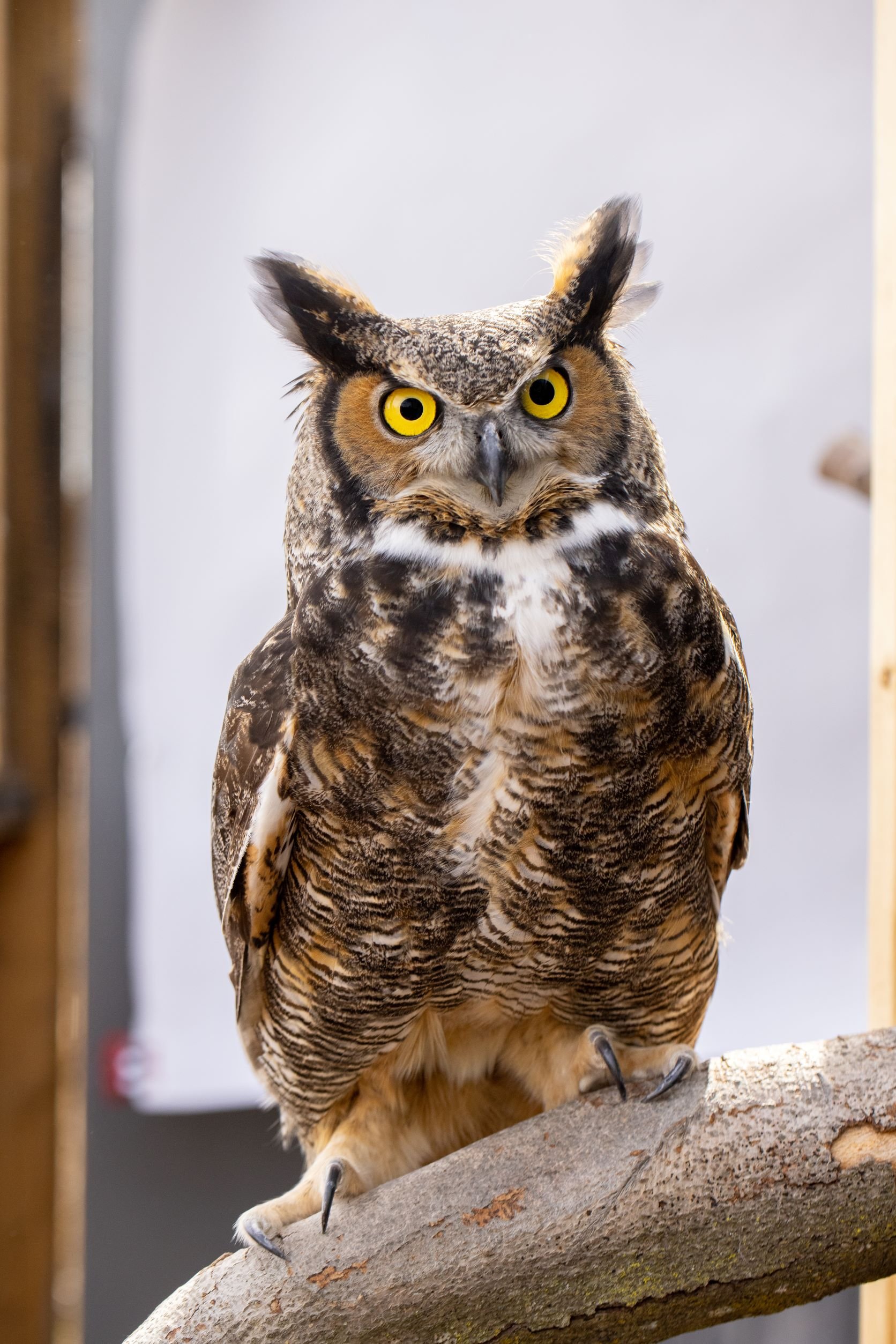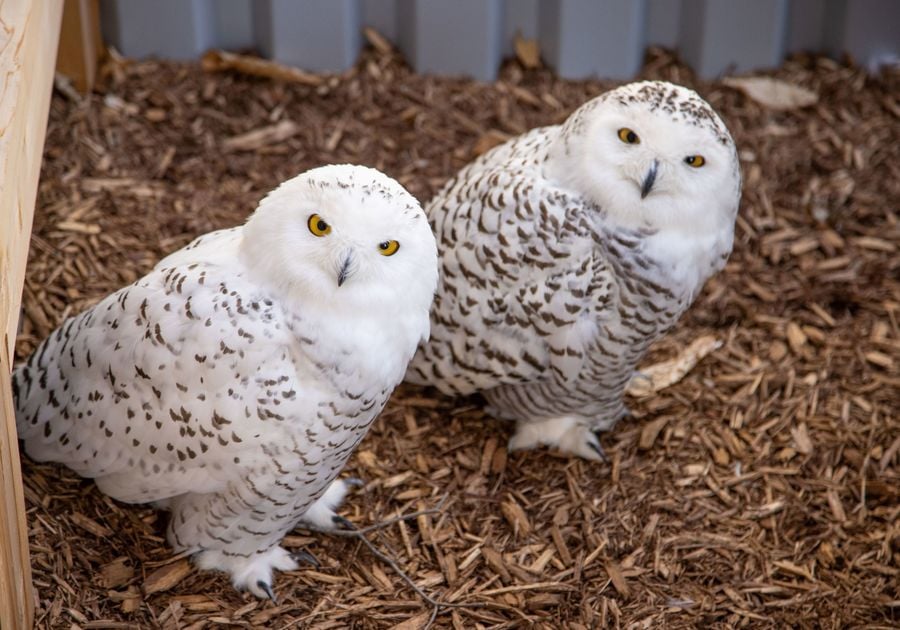The special 'Owl Rendez-Vous' exhibit at the Canadian Museum of Nature is BACK! This is an amazing exhibit to see with your children if you haven't already. I had the opportunity to visit the exhibit last year with my niece and nephew. I'll certainly be bringing my son to see the owls this year again. The exhibit is included with your general admission to the museum.
About the Exhibit
Come face-to-face with live owls in this special outdoor exhibition!
Mysterious and fierce hunters, owls inspire stories of transformation and wisdom in cultures around the world.
In this outdoor exhibition, created in partnership with Little Ray's Nature Centres, see owls (and an eagle!) in their specially-designed habitat enclosures:
- Max, a Great Horned Owl, known for a distinctive hoot and ear tufts
- Khaleesi, a Eurasian Eagle-Owl with striking orange eyes
- Rucker, a Barn Owl—a species that's endangered in Eastern Ontario
- Two Snowy Owls: a male (Oberon) and female (Luna). Snowy Owls are one of the few owl species that migrate
- Juno, a female Bald Eagle. Juno was rescued from the Canadian Prairies with a severe injury and can no longer fly well enough to hunt in the wild.
Onyx, the barred owl, will be winging her way from the Calgary Zoo to the Canadian Museum of Nature. Ready to show off her striking stripes, Onyx is joining Max, the Great Horned Owl and other live feathered friends in the popular Owls Rendez-Vous exhibition.

Exhibit Highlights
- Glimpsing an owl is a rare treat. Most owls live hidden to us, becoming active while we sleep. This exhibition sheds light on these amazing, powerful hunters.
- Observe real birds of prey up close in specially constructed habitats. The species are: Barred Owl, Great Horned Owl, Snowy Owl, Eurasian Eagle-Owl, and a Bald Eagle.
- Learn about some of their impressive adaptations as predators.
Where do the Owls Come From?
- All the owls in the exhibition were born in human care as part of a certified breeding program—none was wild.
- The Bald Eagle, another raptor, was rescued from the Canadian Prairies with a severe injury and can no longer fly well enough to hunt in the wild.
- These birds generally live longer, healthier lives because they do not confront predators, disease or other threats that are common in the wild.


